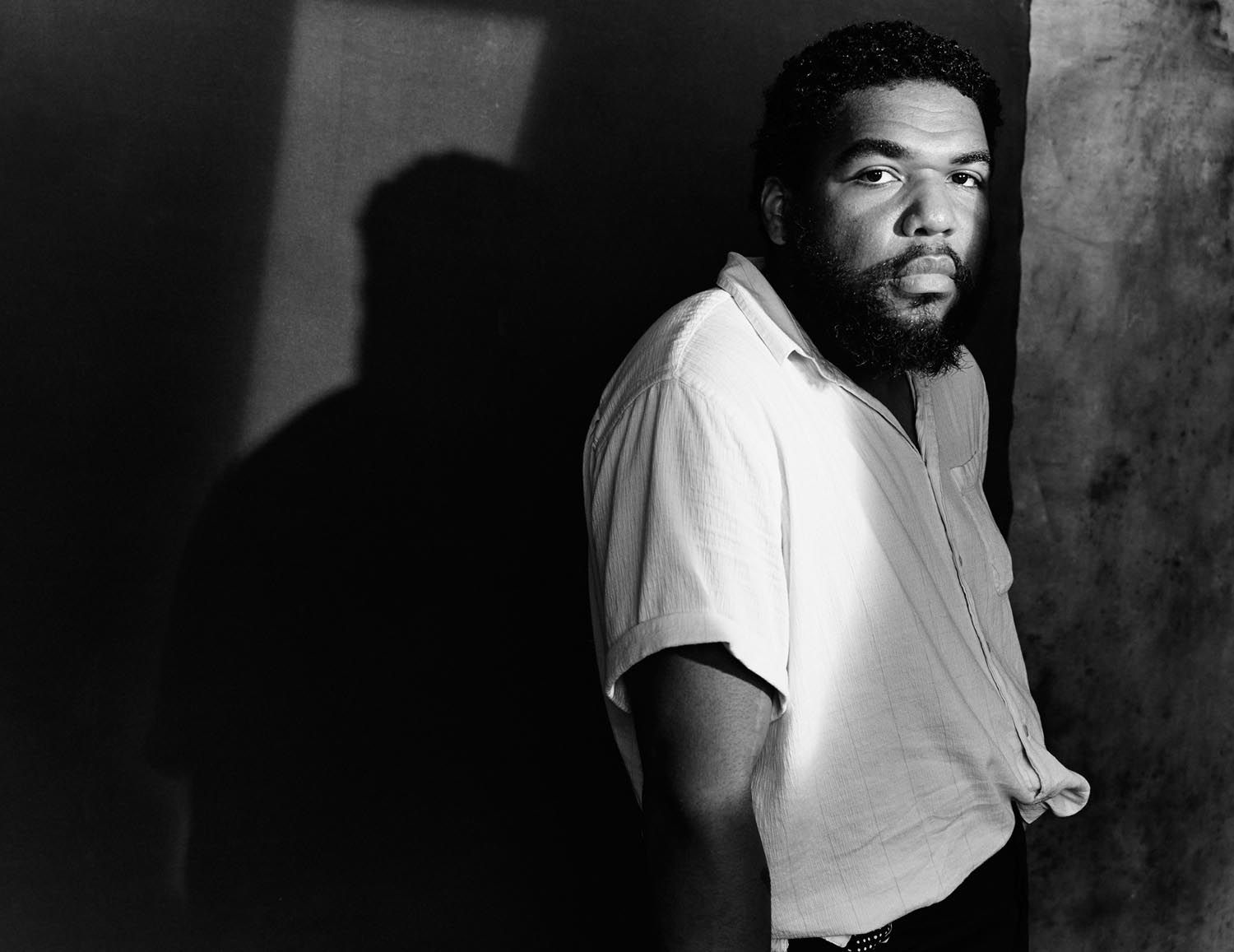Photoshop as a verb. Now there’s a thing! Adobe Photoshop is huge and it’s the industry standard, so it’s no surprise that the word “Photoshop” has become a verb, meaning to retouch an image, and this blog post today is all about why it’s so important that us photographers should be proficient in its use. But first!
I’m Dave Williams, and as usual, this post for #TravelTuesday on ScottKelby.com is by me, dropping in once a week to impart some of my bountiful wisdom. Before we get into it, I’ll take this opportunity to remind you all that the walker contest for the Worldwide Photo Walk is now open! Get your image entries in now for a chance to bag a haul of awesome prizes!
So, I’m probably addressing an audience who already knows the importance of Photoshop, but in any case, if this isn’t brand new information it still serves as a reminder. Adobe Photoshop is a world-famous photo manipulation app that is used by photographers, designers, and other creatives, and it’s so simple yet it holds so much depth. It can turn basic images into absolute masterpieces.
There’s a school of thought that we shouldn’t need to use Photoshop because as photographers, we should be able to get it right in-camera, but while it’s true that we should get it right in-camera, we can still add so much to an image (or take away from it) by using Photoshop creatively and effectively. We can correct our mistakes, if we make them, by tweaking exposure, shadows, highlights, perspective, straightening, tone, crop, etc., to just give our images that little bit of a boost that we may not have straight out of camera.
Shifting up a gear, we can use some simple, yet effective tools to move elements, remove elements, add texture, resize images—you know, all these little things with big results. As I said, preaching to the choir here, so here’s the real deal behind this post:
The “purist” crowd—the people who are abject to using Photoshop to manipulate their photos in any way because the image should be right in the first place and shouldn’t require any adjustments—it’s you who I’m talking to here. Adobe Photoshop is no longer a huge investment; it’s a subscription. Personally, I feel like that big investment is worth it anyway, but we’ve seen a shift away from that model, and the point to highlighting that is that it’s easy to give Photoshop a try if it turns out I’m right with this.
Photoshop is an incarnation of something that’s always existed in photography. All of the basic tools we have at our disposal were not created for Photoshop. They’re things that were done in the darkroom already and have simply been given a digital spin, making it faster and easier than it was before. Cropping and levelling are things that were done in the darkroom by simply rotating and framing the photo. Dodging and burning, adjusting shadows, highlights, exposure, these were done in the darkroom by covering and revealing parts of the photo to allow the exposure to develop at differing rates. Almost all of the “everyday” adjustments made in Adobe Photoshop are inherited from the days of the darkroom, and although they’re achieved through the use of expertly crafted algorithms translated into simple button clicks onscreen, the truth of it is that it’s nothing new. Take a look at this marked-up image of James Dean in Times Square: –

This marked-up image on the left and the resulting image on the right shows the darkroom workflow that we apply in Photoshop today—it’s just that it happened on a film photo rather than a digital photo. So, all of you “purists” who don’t believe in Photoshop—get over it. Photoshop is awesome. Embrace it, learn it, and make the most of it.
*mic drop*
Much love
Dave




